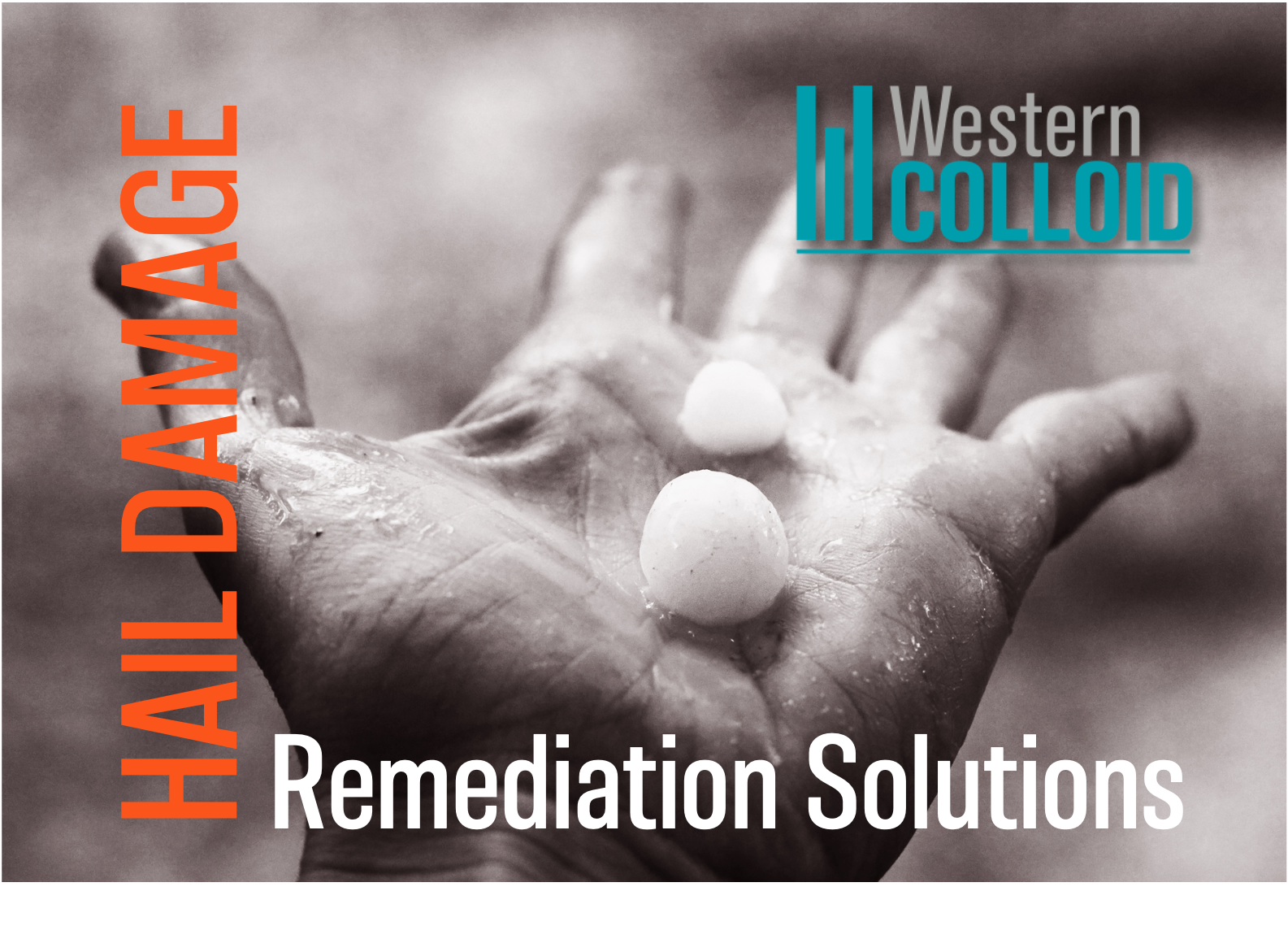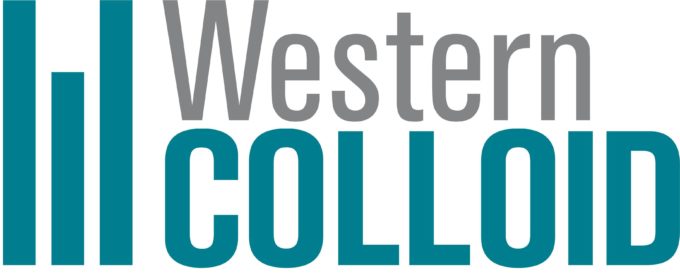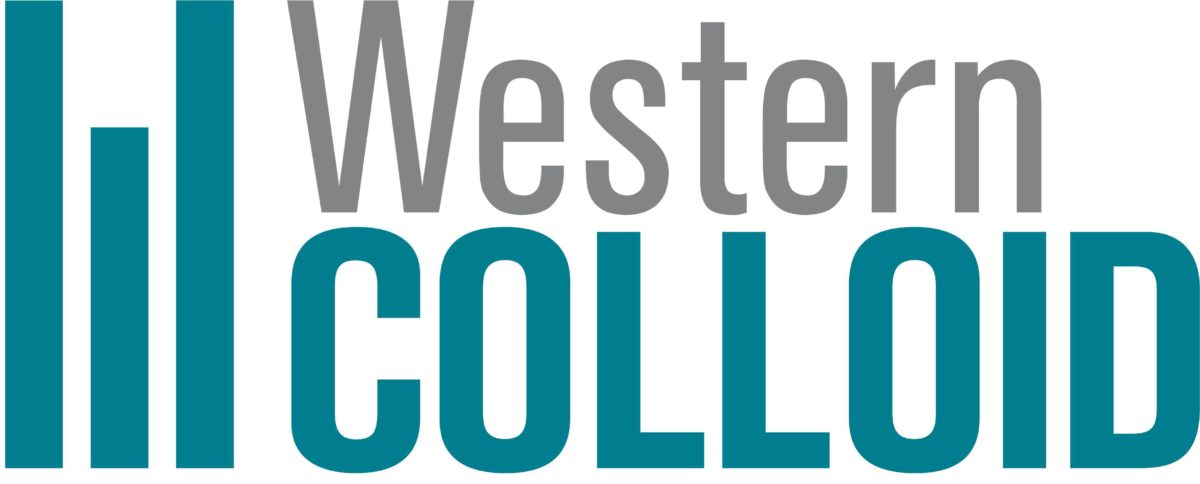
Questions About Commercial Roof Hail Damage and Fluid Applied Reinforced Roofing as a Solution
Understanding commercial roof hail damage remediation and using fluid applied reinforced roofing as a remedy to prevent future hail damage.
Have you ever asked yourself “How do you go about identifying whether you have hail damage on a commercial roof?”
First, you must know you’ve a hail event. If a building is not occupied or if the event is at night, you might not know if there has been hail. If you suspect hail you can go to the different weather services, and you can look and see where the hail events happened and what size the hail was. You can see the corridors where they moved through different parts of an area. This way you have some idea if hail was a possibility on a building.
One of the ways inspectors look for hail is they walk around the roof and see if there’s dents in the sheet metal on the air conditioning or on the vents. And if they see dents, then they know there’s been enough hard impact of hail that the roof could be compromised. If you’ve got a lot of insulation on your roof you could get dimpling where it depresses the insulation underneath and you see a golf ball like impression on it.
Then it takes a good specialist who is familiar with the different types of roofs as they react in different ways. Sometimes it’s just a dimple on the surface of the roof, but on a built-up roof with a hot asphalt or some modified bitumen’s that are not very flexible, you have the shattering of the membrane hidden underneath.
Single Ply’s might be a little easier to identify damage, but the damage doesn’t show up right away. Hail damage may result in little spider cracks from the hail impact, but they are not visible until fine dirt gets in the cracks. Then weeks later you can see the little shatter impacts. Sometimes it takes a few inspections.
In some cases, someone might not even know that they’ve had damage from a hailstorm until they start seeing signs of water intrusion or other issues inside the building.
A common way of confirming damage is to take cuts out of the roof. A contractor or consultant will remove a 12-inch by 12-inch square of the roofing material to check if there is damage underneath. You will see the shattering where you can’t see it on the surface.
There are some roof systems that are a little more susceptible to hail damage. Asphalt gets very brittle in built-up roofs. Modified Bitumen is better because they are modified with polymers and it’s a softer sheet. With single ply’s TPO is worse than PVC but they all can experience damage.
The underlayment has a lot to do with how much damage you incur. If you’ve ever walked on a carpet with no padding, you get very little deflection as it’s a solid surface. If hail impacts and there’s a nice solid piece of plywood behind it can’t deflect that roof too much. It can compress it, but it can’t deflect it. If you have insulation underneath that allows for some deflection which means that membrane’s taking a much bigger impact because it’s been misshaped to a greater extent. There are pros and cons to the insulation factors because hail impact wasn’t as bad in years past. With the new insulations and all the various types of membranes we are getting more and more evidence of hail damage.
Before we can address how to repair hail damage, we need to discuss the important point of insurance claims. Hail damage is handled by an insurance company as it is not a manufacturer warranty issue in most cases. What the insurance company will allow you to do on a roof has been a problem in years past. Historically if you had hail damage, an insurance inspector would come out and they would evaluate that roof. If the damage was minor, they might ask for a repair. If they deemed that they needed a roof replacement, they required you replace with the same materials for liability reasons.
For example, imagine we had an X Y Z built up roof. The insurance company wants to go back with that same roof. If they put something else on, they are worried about being on the hook for what products that you are replacing it with. Sometimes putting the same product back on isn’t the latest technology but they feel they have no choice.
This way of thinking can be very expensive because they want to tear off the entire roof and replace it. Now the industry is becoming more enlightened. We can work with the insurance inspectors and consultants to consider a fluid applied roof system. They can avoid the costly removal and replacement and restore it with a with a roof membrane with superior hail resistant quality plus save thousands of dollars. This option gives you a better than new roof in most cases.
As the insurance company and building owner realize they can get an equal warranty to what they had on the original they become more comfortable with this solution.
Recently in the hail prone Midwest states, Consultants are advising insurance companies that they are paying millions too much on these roof replacements when there’s an alternative that can give you a membrane that’ll have equal or greater life with a warranty from reputable manufacturers.
If you have a roof on your building and it was damaged by hail, chances are it’s going to happen again. Why would you want the same product if it didn’t perform? You now have the option to restore your roof with a roof system that’s a little more robust, that can withstand that hail. Our Western Colloid systems have been tested for severe hail at FM Global. and that’s a one in three quarter inch steel ball at 18 feet. then we do a thousand hours in the weather. And the thing about Western Colloid is even with that severe hail, if there is damage, it’s easily repairable.
If a consultant has not been called in you will need to find an experienced roofing contractor in different types of roofs to find hail damage, especially immediately after the hail event. Be cautious and don’t just talk to one person, talk to a couple of contractors. Be cautious if you’ve had a hail event because there are people that swoop in, make their cash, and get out of town.
If you have any questions about hail remediation solutions, please Contact Western Colloid.
Please contact Western Colloid about your next project and let our experience and expertise advise if your roof can be saved!


